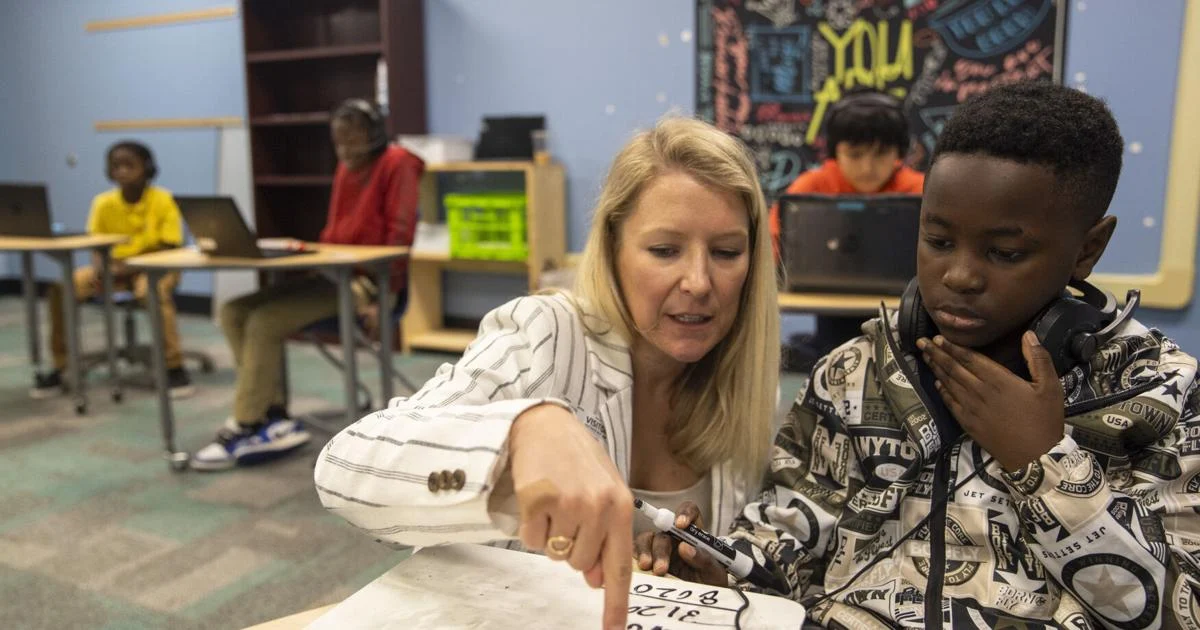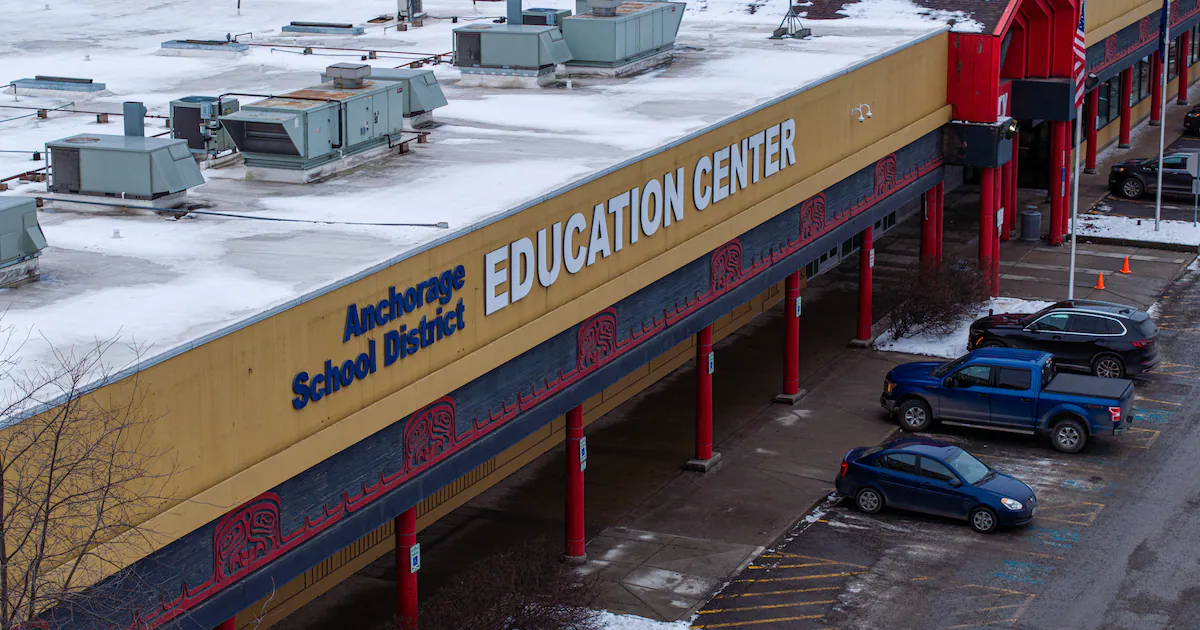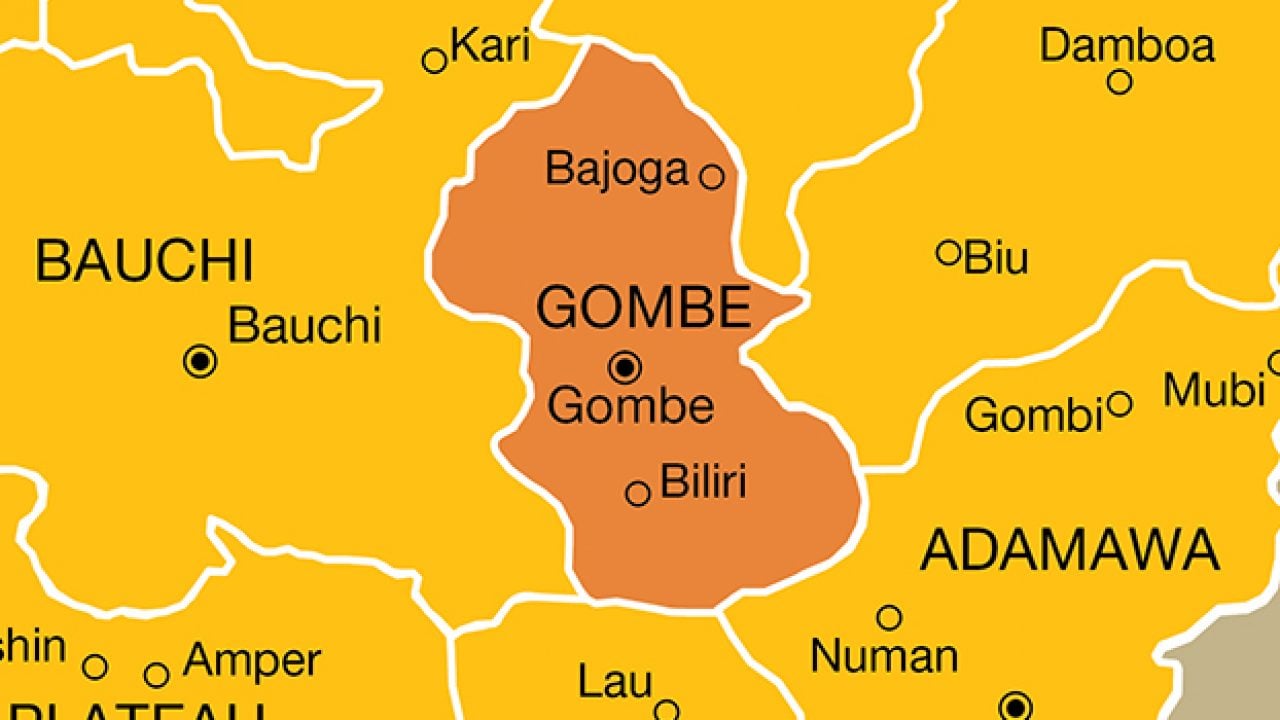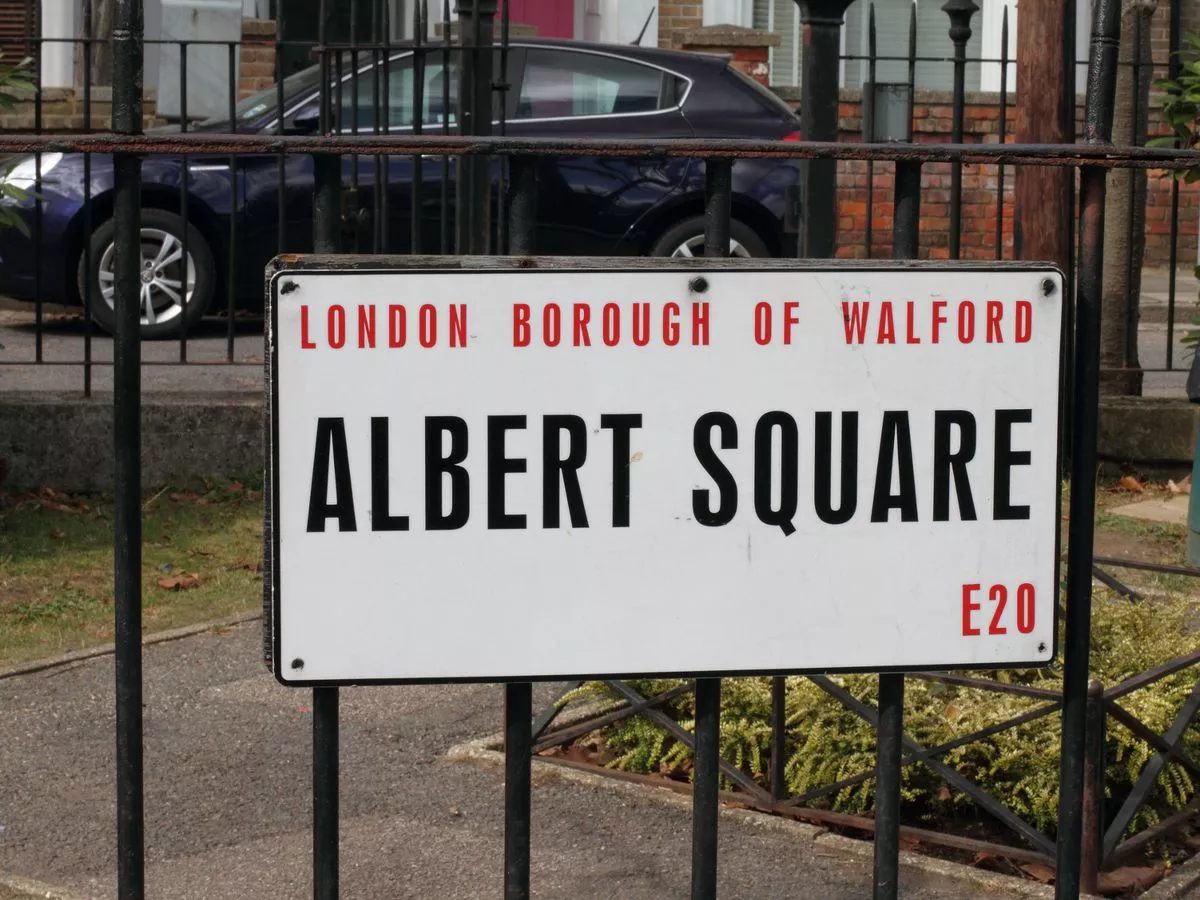Copyright Charleston Post and Courier

Lebanaye Sami, principal at Pepperhill Elementary School, knew which of her students were on the brink of meeting expectations or falling behind. These students are close to reaching grade level, but without additional help, Sami worried they would slip through the cracks. Without enough teachers to tutor kids during or after school, Sami considered looking for outside help. When district officials announced a new initiative to pair schools with tutoring providers and to pay them based on student progress, she signed up right away. “That was really motivating because if you don't show growth, then you know you're not going to get the full compensation,” Sami said. “So I think adding that piece really ups the stakes for a lot of the tutoring companies.” Pepperhill Elementary in North Charleston is one of several schools in the Charleston County School District to try high-intensity, outcomes-based tutoring — a two-fold strategy that directly links dollars spent with students’ academic progress. The strategy, launched Sept. 18, aims to close learning gaps through frequent small-group instruction, while setting clear measures to keep both the district and tutors accountable for student growth. About 150 Pepperhill students now are working one-on-one or in small groups with math tutors virtually several times per week, some during school and others after school. Tutors and school staff are tracking each student’s progress. Sami said the goal is to see at least 80 percent of students show measurable growth by the end of the year. How it works Under the model, principals use a portion of their weighted student funds — additional dollars already in the budget that they receive based on how many students at the school are in poverty, multilingual, or have disabilities — to pay for tutoring providers. Before tutors start delivering instruction, school administrators and providers develop a contract in which both parties agree on clear, measurable outcomes, such as standardized assessments like iReady, MAP, or state tests, improved reading, or demonstrated mastery of skills. Schools and tutors meet regularly to assess where students are in their learning for the duration of the contract. At the end of it, tutoring providers receive their payments based on how much progress a student made. For instance, if a tutor provides services for $40 per session and the student does not reach the agreed-upon outcomes, the vendor would only receive 40 or 50 percent of the payment at the end of their contract. On the other hand, if the student shows they made gains, the district would pay for the vendor services in full, plus a bonus. “Our students deserve tutoring programs that are not only high quality, but also proven to move the needle on achievement,” Superintendent Anita Huggins said. In recent years, more school districts nationwide have begun testing the outcomes-based contracting model. Education policy experts, tutoring companies and organizations promoting the approach said that when it is implemented with clear goals and measurable benchmarks, it can be an effective tool that holds both districts and students accountable for student progress. Even some tutoring vendors are on board with the approach. So far, 18 of them have expressed interest in vying for a contract with the district, although some were not too keen on the idea because of the risks involved, said Daniel Prentice, chief finance officer, at a press conference Sept. 23. Justin Serrano, chief executive officer of Littera Education, a tutoring provider operating nationwide, said tying payment to outcomes carries some risk for the vendor, since there are aspects of students’ lives that are beyond the tutor’s control. “I do get questions from providers about risk, and I tell them if you believe in your product, it shouldn't be that risky,” he said. “You have to be willing to make changes along the way to ensure that you're going to get the outcomes, and I think that’s an important part of the process.” Serrano said the model drives better execution and implementation of contracts, which leads to better renewal rates for tutoring vendors. Tying investment to outcomes Since the weighted funding model was introduced last year in Charleston County Schools, district officials have sought to ensure a return on investment: money spent on programs should lead to positive outcomes for students. Chief Finance Officer Daniel Prentice said the district is implementing the outcomes-based contracting approach to protect taxpayer dollars and boost its return on investment. “We are funding what works, rewarding providers who help students make real, measurable gains, and aligning our budget decisions with our academic goals,” he said. Marguerite Roza, director of the Edunomics Lab at Georgetown University, said districts often have written contracts requiring that vendors be paid in full regardless of whether their services actually moved the needle. Roza, a national expert on education policy and finance, said the move towards outcomes-based contracts aims to ensure mutual accountability between districts and vendors, where tutors deliver services that add real value and are tied to student success, while the district ensures the conditions are met for students to learn. “When it comes to district spending in general, we always try things that don’t work and we keep doing them, regardless of whether or not scores have even budged,” she said. “I think the mindset of investing and expecting a return, making things really clear at the outset, is a great development.” Shared accountability Outcomes-based contracting in K-12 education dates back to 2020, when Harvard University’s Center for Education Policy Research conducted a study to test the feasibility of paying tutoring companies based on student progress. The initiative became the Center for Outcomes-Based Contracting, which was absorbed by the Southern Education Foundation, a nonprofit promoting quality education for traditionally underserved students. The center helps school districts and vendors nationwide draft contracts and properly implement the model. Jasmine Walker, director of the Center for Outcomes-Based Contracting, said a good contract must be designed with five “ingredients” in mind: the target student population and program; desired outcomes that are clearly defined; a payment structure based on the outcomes; an outline of the roles and responsibilities of the parties involved; and continuous improvement goals. Walker emphasized that the contracts must ensure shared accountability between districts and providers. Their roles and responsibilities should be outlined from the start, she said. “Both parties have to find that partnership in the contract to ensure what’s best for kids,” she said. Where contracts meet the classroom Beyond contracts, finances and accountability measures, the district’s investment hinges on a model that has shown promise in closing learning gaps. Research shows that when implemented with fidelity, high-intensity tutoring can be an effective tool to increase academic gains. It became a widespread strategy nationwide to recover learning losses after the COVID-19 pandemic. High-intensity tutoring involves frequent instruction (three 30-minute sessions or two 45-minute sessions per week, over 25 weeks) in small-group sessions tailored to each student's needs. Serrano, who has decades of experience in the tutoring industry, emphasized the importance of students engaging with the same tutor each time. “I think the relationship aspect of it is a key part of why this works and also addresses some potential non-academic issues, like student motivation,” he said. “They might be in a class where they always feel behind, but they’ll have a person they're going to talk to three times a week that doesn't make them feel that way.” The Charleston School District is no stranger to high-intensity tutoring, having used it in 2021. Jacqueline Haynes, associate superintendent of elevation schools, said high school students at low-performing schools on the peninsula benefited from an algebra-focused virtual tutoring program, which showed strong results in end-of-course exams. Now, district officials and elementary school principals, like Sami at Pepperhill, are betting on the approach to close achievement gaps in reading and math. Haynes said A.C. Corcoran, Hunley Park, Stono Park and Goodwin are some of the elementary schools using a portion of their weighted funding dollars to contract tutoring providers under the outcomes-based model. While it’s too early to tell whether the approach is successful at closing gaps, district officials said the response from principals and families so far has been positive. “We're very proud that our principals want to see the benefits of having high-intensity tutoring,” said Haynes. “Our parents, too, are appreciative of the fact that their students are getting additional support.”



